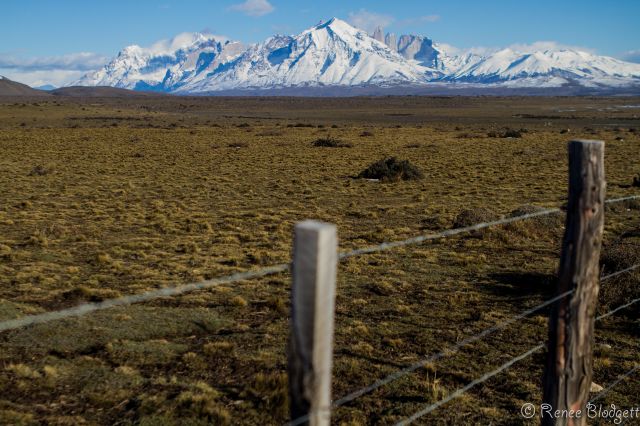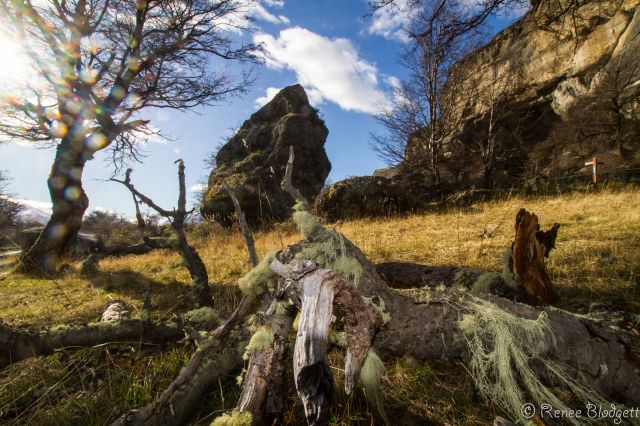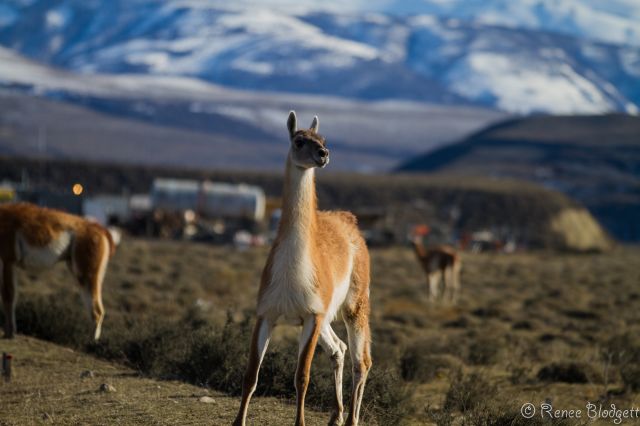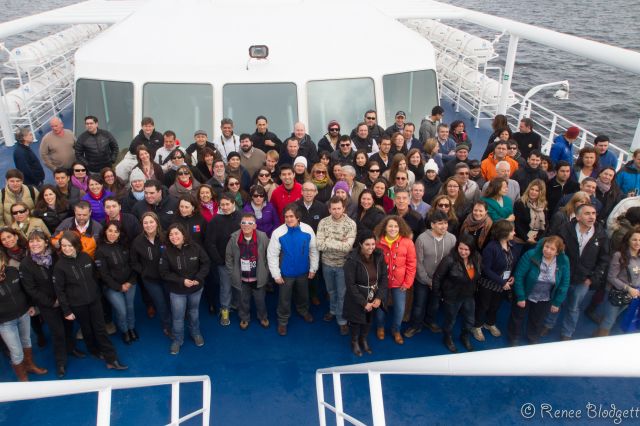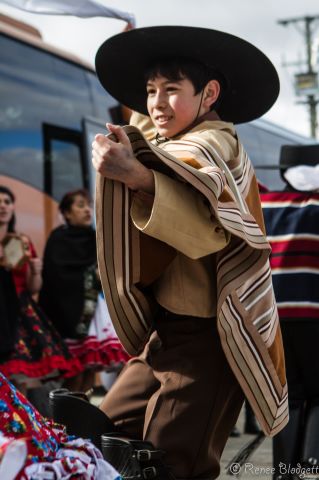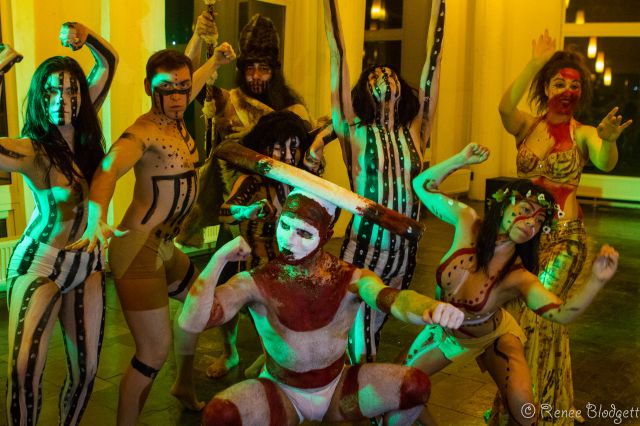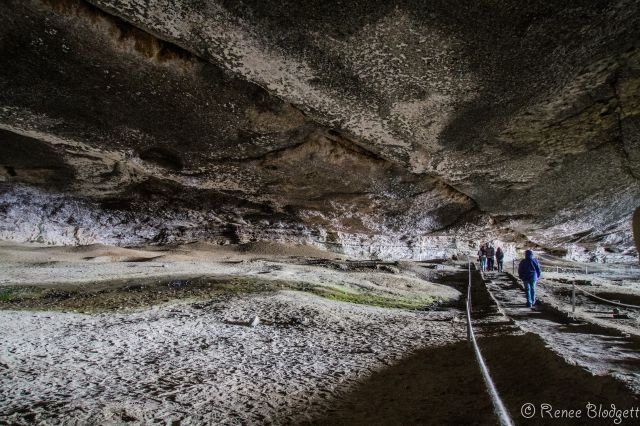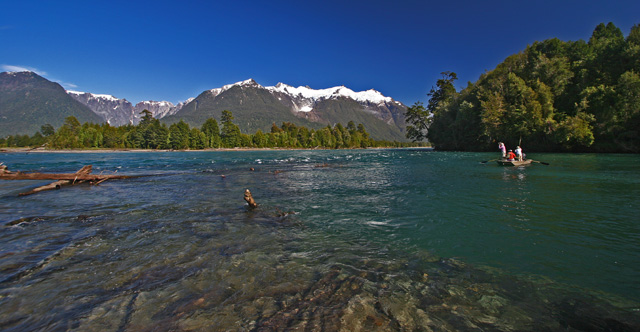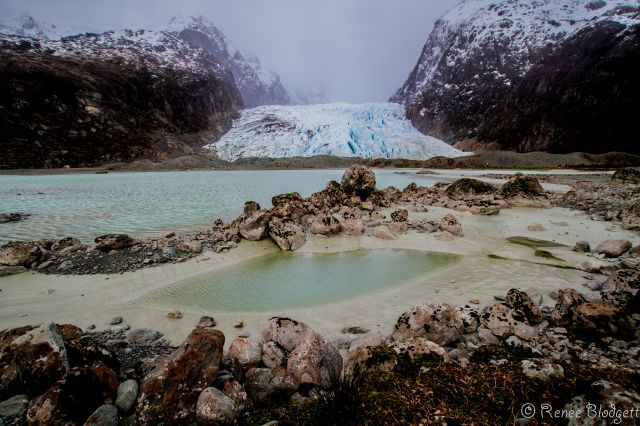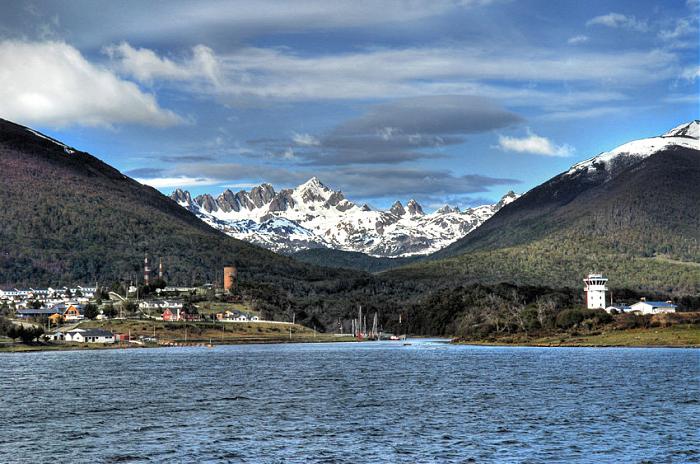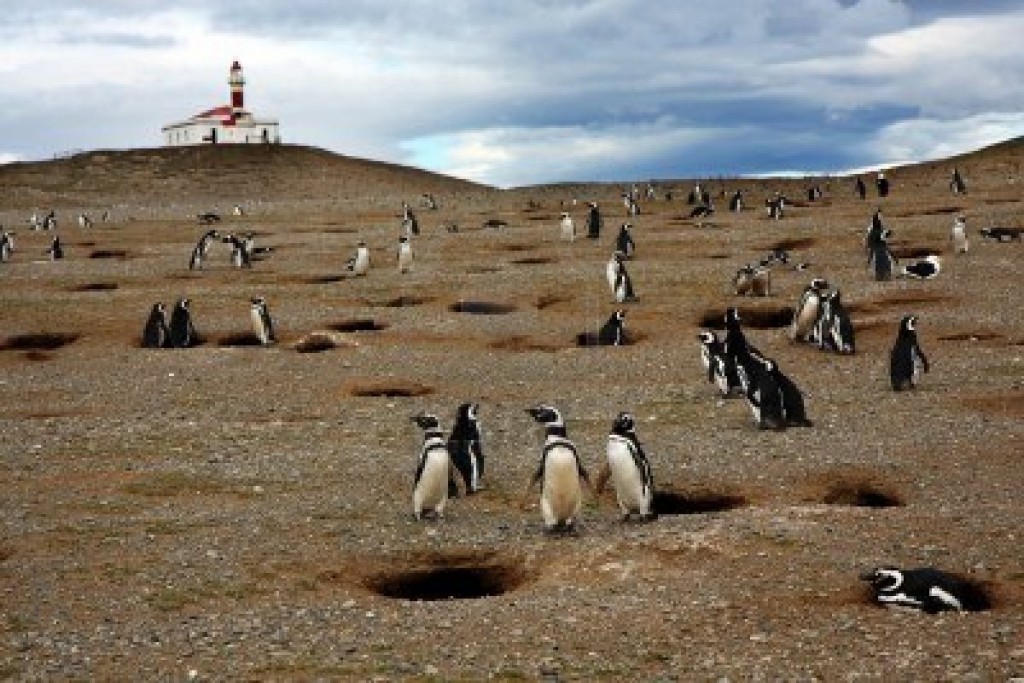I had been wanting to go to Chile for many years now – why it took so long to get to South America is one of those random things as I wrote about here. This past fall, I not only landed in Santiago but then proceeded to take a few more flights to about as far south as one could possibly get in the country without taking on Antarctica.
Chile’s Patagonia is wondrous this time of year as are other pockets in the country where you can take on adventurous activities such as Centros Nvernales. High season starts in September and extends through March. During winter months, there are ski resorts, and you can participate in dog sledding, snowshoeing, ice skating, snow polo, snowmobiling and cross country skiing.
During peak season in the region, wildlife, cruises, hiking, glaciers, fly fishing and exploring the infamous Torres del Paine National Park are the order of the day. Torres del Paine is mostly known for trekking through the mountains, its breathtaking views and its raw nature.
For glaciers, you can take them in via one of the many cruises on offer, with ships leaving out of the two main ports of Punta Arenas and Puerto Natales. See our write up on the cruise I took through Chilean fjords and by foot to Bernal Glacier and others.
On these excursions, you can see penguins and hunchback whales, depending on the time of year – hunchback whale season starts in November. There are places you can see King Penguins all year, and on land, be sure not to miss the beautiful wanaco, which are similar to llamas and unique to South America. You can eat wanaco in the north of the country and in Bolivia and Peru and also in Patagonia, but it isn’t common to find them in Santiago since they are protected.
I had an opportunity to meet a number of tour and cruise operators, resort and hotel owners, adventure guides and restaurant managers during my trip from both Patagonia and Magallanes regions. I was part of the annual EXPO which combined with the National Tourism Board made up 30 international operators, 30 national operators and 10 international press. They had 13 countries represented this year and there were only two of us from the states. And, we were all on a Patagonia cruise ship together for a few days.
The country invested roughly $7m in national promotion over the course of a year and Magalleanes and Patagonia invested $5m over two years separately from the national board. The final objective of the tourism promotional push is to obviously increase the number of visitors coming into the country during both peak and non-peak seasons.
Until recently, the focus has largely been on nature and adventure however Chile’s Tourism push is now extending to other core areas:
- Culture and Heritage
- Food/Wine
- Nature
- Lifestyle & Activities
Chile’s wine is suburb so I’m surprised there hasn’t been a bigger push on food/wine before now – same applies to its cultural activities, both music and dance. While you might think of more traditional folk dancing (such as cueca and others), Chile also has a growing modern dance and ballet scene. See a not so high quality video I shot at Remota Resort in Punta Arenas recently of a creative performance from their ballet troupe. Chile is diverse and can take on the best of traditional folklore and dance to modern and creative.
The Mylodon Cave:
The Mylodon Cave Natural Monument is a protected wildlife area that guards the caves and eaves of Benetez Hill. Located on Route Y-290, roughly 25 kilometers from Puerto Natales, its 189.5 hectares contains traces of natural and cultural importance.
In 1895, the settler, Hermann Eberhard visited the cave and found strange skin with thick hair; it was the fur of an extinct animal called mylodon. Starting with this finding, the Mylodon Cave and its surroundings became a rich source of evidence for knowing the past of Patagonia and humanity.
In the area, there are three plant groups represented which is characteristic of Patagonia: the ancient forests of lenga, the nirres, coihue of Magellan; bush areas where shrubs stand out such as calafate, chilco and lenadura and grasslands created for livestock purposes. You will also see orchids and capachitos. The fauna of the area includes mammals such as gray fox, puma, skunk and hare and birds include eagles, flicker, meadowlark and finches.
Fly Fishing:
On the rise in Chile is Fly Fishing. In January 2014, there will be a fair where they are bringing 5 press in and 10 tour operators all of which will center around fly fishing. The Adventure Travel Trade Association (most important association for adventure travel) is exploring Chile as its location for 2015.
The area touts fly fishing in “virgin rivers”, where access can only be reached by sea. In these rivers, you can find a variety of salmonidea species like brown trout, rainbow, shinook, coho and Atlantic salmon.
Islands:
Magdalena and Marta Islands are beautiful untouched pockets full of natural wildlife and there are half day excursions. The ecosystem made up by both islands is truly wonderful. On Marta Island live thousands of sea lions, cormorants and skuas among others. On Magdalena Island, you can interact with one of the biggest colonies of Magellanic penguins (more than 150,000 birds). Additionally, dolphins can be observed during the navigation.
Five years ago, there were only a few hotels in the Aysen and Magallanes regions and now there are varied options of lodges, hostels, hotels, resorts and camping. For transportation into the region, you had to travel via plane to get to some of the more remote parts, but now there are more flexible options and you can use a combination of car, bus, private tours and ferry.
Marine Life & Glaciers:
You can take excursions from Punta Arenas and Puerto Natales. I took a cruise that went between the two, passing along the famous “cross” known as Cabo Froward, the most austral point of the American continent. You can see the first Marine park of Chile “Francisco Coloane”, a huge extension of Sea and Earth around the Carlos III Island, which has a great diversity of untamed nature. In addition to the Bernal Glacier which you can see by foot after taking Zodiac boats to land from your ship (below), you can visit the Santa Ines Glacier where there are more than 100 Hunchbacked Whales from December to March, austral dolphins, overas toninas, Magellan penguins, sea wolves and sea elephants.
Bear in mind that mining, oil and fishing make up the majority of Magallanes’ economy, with mining being the top, and tourism only contributing approximately 10% of economic input for the region. That said, tourism only contributes 3% of economic input for all of Chile, so tourism is more important for Magallanes than all of the other regions of Chile. Since mining is so big in the area, they are also working hard to ensure that mining doesn’t impact tourism in a big way yet can continue to be successful.
The regions (Los Lagos: south of Patagonia), Aysen and Magallanes: Patagonia) don’t see themselves competing with ‘each other’ internally, but moreso with other countries known for adventure and nature travel, such as Australia, New Zealand, Alaska and Peru.
The country’s tour operators and tourism board are working hard to increase the number of flexible options for its visitors as well as the range of expeditions tourists can take. Starting in 2015, there will be even more expeditions taking off from Puerto Williams (the southernmost town in the world) to go to Antarctica.
Antarctica 21 offers cruises and expeditions to and from Chile whereas other offerings require that you leave from Ushuaia (also known as the southernmost city in the world and is located on the shores of the Beagle Channel — from here, you have to take a boat for two days) to get there. Newer offerings will make it easier for tourists to get to and from Chile’s Patagonia and to and from Antarctica from southern Chile in less time.
I met with someone on the DAP Antarctic Airways team on our ship to discuss the options for visitors traveling to the region and wanting to explore Antarctica, departing from Chile. They offer unique and unforgettable experiences, as short as a one day excursion to Antarctica. Starting from Punta Arenas, you can sign up for a package at Hotel Cabo de Hornos or similar.
On Aerovías Dap, you cross the Drake Passage to get to King George Island, where most part of the scientific camps based in Antarctica concentrate, including the chilean village “Villa Las Estrellas”. You will see astonishing landscapes of the white continent, watch some of its fauna and learn about the life of those men who are living in this territory, working on behalf science and research development. If you opt to stay overnight, you will be able to visit the Collins Glacier and scientific bases, as well as walk to the “Elefanteras” (sea elephant colony).
See our other Chile coverage. Chile/Patagonia / Best of Chile. Photos: Penguins – www.123rf.com, Fly fishing/river from flywatertravel. com and Puerto Williams from wikimapia. All other photos: Renee Blodgett.

Renee Blodgett is the founder of We Blog the World. The site combines the magic of an online culture and travel magazine with a global blog network and has contributors from every continent in the world. Having lived in 10 countries and explored nearly 80, she is an avid traveler, and a lover, observer and participant in cultural diversity.
She is also the CEO and founder of Magic Sauce Media, a new media services consultancy focused on viral marketing, social media, branding, events and PR. For over 20 years, she has helped companies from 12 countries get traction in the market. Known for her global and organic approach to product and corporate launches, Renee practices what she pitches and as an active user of social media, she helps clients navigate digital waters from around the world. Renee has been blogging for over 16 years and regularly writes on her personal blog Down the Avenue, Huffington Post, BlogHer, We Blog the World and other sites. She was ranked #12 Social Media Influencer by Forbes Magazine and is listed as a new media influencer and game changer on various sites and books on the new media revolution. In 2013, she was listed as the 6th most influential woman in social media by Forbes Magazine on a Top 20 List.
Her passion for art, storytelling and photography led to the launch of Magic Sauce Photography, which is a visual extension of her writing, the result of which has led to producing six photo books: Galapagos Islands, London, South Africa, Rome, Urbanization and Ecuador.
Renee is also the co-founder of Traveling Geeks, an initiative that brings entrepreneurs, thought leaders, bloggers, creators, curators and influencers to other countries to share and learn from peers, governments, corporations, and the general public in order to educate, share, evaluate, and promote innovative technologies.

